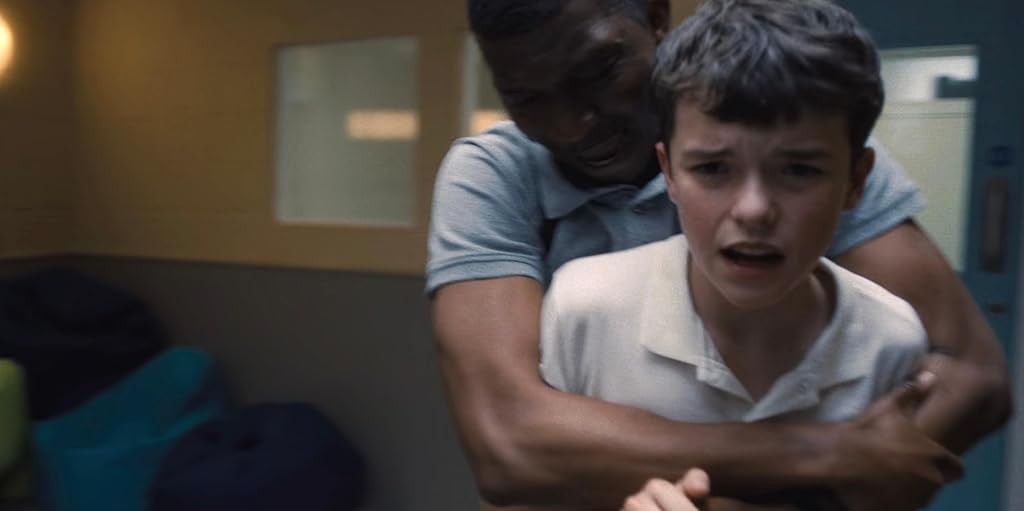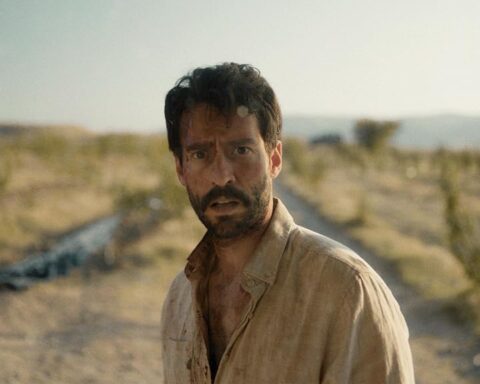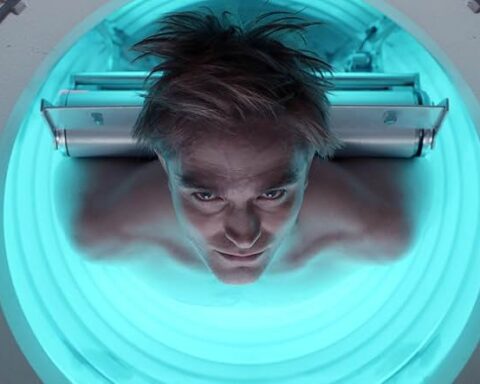Adolescence (2025)
The Netflix & Chill lover Experiencing a Long Take for the First Time
If you’ve seen Philip Barantini’s 2021 film Boiling Point (starring Stephen Graham), it’s fair to say that Adolescence offers limited innovations—except for young lead Owen Cooper’s brilliant performance, of course. Barantini enriched his narrative by crafting the film as a single continuous take, shot in a nearly single location, without relying on artificial cuts or editing tricks. Unlike Birdman (2014), which simulated a one-take illusion, Boiling Point successfully overcame technical challenges, much like Victoria (2015) and Russian Ark (2002). Thus, for the director, using camera movements to reinforce tension and a sense of confinement wasn’t a new approach. (Full article:)
However, the same cannot be said for the average Netflix viewer. The show’s “Netflix-ified” sterile scenes serve as a distancing factor, pulling the audience away from the narrative. The attempt to maintain the single-take technique gradually loses its effect and weakens the overall cohesion of the story.
Adolescence addresses serious issues regarding youth and the education system but offers no solutions. Instead, it merely presents the existing problems, implying that the solution is out of individuals’ hands. This approach can evoke an emotional response from viewers but may also instill a sense of helplessness. A similar effect was seen in the recently released series Baby Reindeer. The reason British shows often create this emotional impact lies in their realistic scripts and strong performances. Rather than relying on heroic figures, they integrate authentic characters from everyday life, making the audience feel more connected to the story.
At the heart of the series are the problems within the UK’s pre-university education system. Although globally considered successful, the show highlights its significant shortcomings, offering a critical perspective on how capitalism allocates resources. The critique isn’t limited to the curriculum; it extends to the physical conditions of schools as well. Detective Frank’s description of the school’s smell as “cabbage, vomit, and masturbation” vividly illustrates infrastructure deficiencies and staff shortages.
The show also emphasizes how the traditional education system has become incompatible with the modern world. The rise of social media and its impact on young people is starkly presented in one scene: A 13-year-old remarks, “You insult someone on TikTok, and you make money,” challenging the practicality of school education. While traditional schooling no longer guarantees future success, digital platforms have become a tangible source of income for young people.
Another key theme of the show is the concept of popularity and belonging. In an interrogation scene, a boy who was punched highlights the vital importance of popularity, telling the detective he is “popular among girls.” This underscores how crucial power and influence are, particularly among boys. The show also explores friendship dynamics: When a Black girl whose friend has died states, “I have no other friends,” and reacts harshly to a therapist’s suggestion, it highlights the rigid social structures among teenagers. It also suggests that past negative experiences may cause individuals to resist certain support mechanisms.
Through the character Jamie, the show delves into the intellectual depth and awareness levels of young people. His conversation with the therapist reveals how he comprehends classical psychological methods, demonstrating a strikingly analytical perspective despite his young age.
The series also touches on gender perceptions and feminism’s impact on young people. It raises the question of whether adolescent girls developing an anti-male stance might have unintended consequences on boys. Since teenage boys are developmentally a few years behind girls, could misunderstandings and communication gaps fuel resentment?
One of the most emotionally striking moments occurs when Jamie asks his therapist, “Do you love me?” This question serves as a poignant reminder that he is still a child with a fundamental need for love. It leaves viewers reflecting on whether children’s need for affection and acceptance is being adequately met.
The final episode revolves around parents questioning their roles. The question, “Did we make a mistake in what happened to Jamie?” sparks a deeper discussion on parenting and child-rearing. By avoiding definitive answers, the show draws the audience into this uncertainty. Ultimately, Adolescence stands out as a production that raises crucial issues but refrains from providing concrete solutions. Some questions may not have clear answers, but the series’ true success lies in prompting the audience to think critically about them.
Given this context, the widespread praise the series has received across various platforms may not be entirely justified. Perhaps the real achievement here is introducing the concept of “long take / single-shot sequence” to a broader audience beyond cinephiles and informed viewers.
By: Ruşen Ertan
Editor: Nil Birinci







